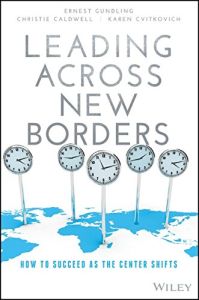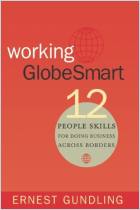Join getAbstract to access the summary!

Join getAbstract to access the summary!
Ernest Gundling, Christie Caldwell and Karen Cvitkovich
Leading Across New Borders
How to Succeed as the Center Shifts
Wiley, 2015
What's inside?
In the 21-century business world, the US and European economies may diminish as China’s and India’s economies ascend.
Recommendation
International management consultants Ernest Gundling, Christie Caldwell and Karen Cvitkovich explain changes they foresee in the global economy. They find that economic power is shifting from the Northern and Western portions of the globe to the East and South, which will skyrocket. In this report, they explore how leaders must prepare multinational firms for this emerging economic reality. The document’s layout, charts, lists, examples and easy-to-read format make it nicely accessible. getAbstract recommends this informative manual to executives leading multinationals in a changing global business environment.
Summary
About the Authors
Cofounder Ernest Gundling, PhD, managers Aperian Global, an international advisory firm, where Christie Caldwell directs consulting and Karen Cvitkovich is a senior consultant.


























Comment on this summary